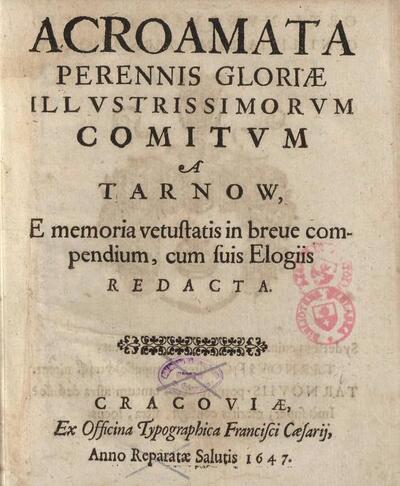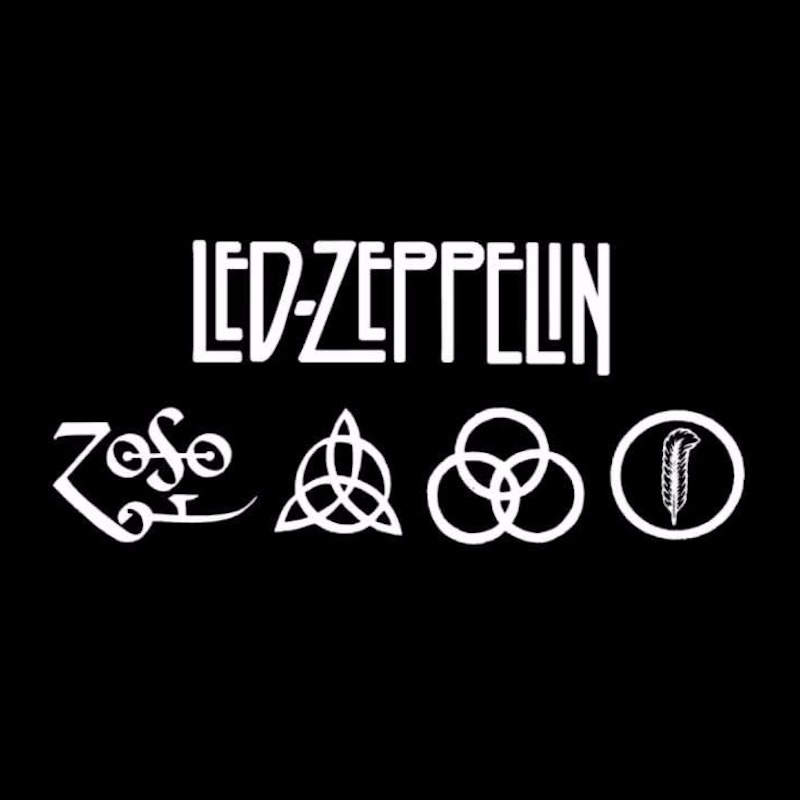Ossua et Acroamata - An Explanation
Ossua
The Latin term "ossua" translates to "bones" in English. In the context of memento mori and the study of mortality, ossua can refer to the use of human bones in various forms of art and religious rituals throughout history. The use of human bones in this way can be traced back to ancient cultures, including the Egyptians and the Greeks, and has been found in art and architecture throughout Europe. During the Middle Ages, the use of human bones became especially prevalent, as the remains of saints were seen as sacred objects with healing properties. Ossuaries, or repositories for human bones, were often constructed in churches and monasteries and were seen as a way to remind the living of their own mortality. Today, the use of human bones in art and ritual is still practiced by some cultures and artists, although it is generally considered controversial.
Acroamata
The term "acroamata" refers to secret or esoteric teachings passed down through oral tradition. This concept has existed in various cultures throughout history, including ancient Greece, Egypt, and China. In modern times, acroamatic knowledge has become the subject of fascination and conspiracy theories in popular culture and literature.The idea of hidden knowledge has long been a topic of interest in popular culture, and the term "acroamata" has been used in various works of fiction to evoke an air of mystery and intrigue. For example, in Dan Brown's novel "The Lost Symbol," the protagonist is on a quest to uncover the secrets of the Masonic Order, which is said to possess ancient acroamatic knowledge.

In the realm of conspiracy theories, acroamata has been associated with various secret societies and organizations, such as the Illuminati and the Rosicrucians. According to some theorists, these groups possess ancient knowledge that has been passed down through the ages and kept hidden from the masses.
However, it is important to note that there is no concrete evidence to support these claims, and many of these theories are based on speculation and hearsay. It is also worth mentioning that the term "acroamata" is often used in a vague and ambiguous manner, which can contribute to its association with conspiracy theories and occultism.
Despite its mysterious connotations, acroamatic knowledge has played an important role in the development of various fields of study, such as philosophy, mathematics, and medicine. In ancient Greece, for example, the philosopher Pythagoras is said to have taught his followers esoteric teachings that were not meant to be shared with the general public. These teachings included concepts such as the harmony of the spheres and the transmigration of souls.
In modern times, acroamata has been associated with various spiritual and philosophical movements, such as Theosophy and Anthroposophy, which seek to uncover hidden truths about the universe and human existence. These movements often draw on ancient wisdom and esoteric teachings in their search for knowledge and enlightenment.
The term acroamata has a rich and complex history that spans across various cultures and fields of study. While it has been associated with conspiracy theories and occultism in modern pop culture and literature, it is important to remember that it also has a legitimate place in the study of philosophy, mathematics, and other disciplines. As with any concept, it is important to approach acroamata with a critical and open-minded perspective in order to fully appreciate its significance and potential applications.The acroamatic teachings were believed to be more advanced and complex than the exoteric (public) teachings, and were often centred around metaphysics and theology. They were also thought to be potentially dangerous if shared with the uninitiated, as they could be misinterpreted or misused.
The concept of acroamata was later adopted by the Neoplatonists and other ancient philosophical schools, and was seen as a way to preserve the purity and integrity of philosophical teachings. Today, the term is sometimes used more broadly to refer to any esoteric or secret teachings that are only shared with a select group.
The 19th century was a time of great change and upheaval in many areas of life, including literature. One movement that emerged during this time was the Gothic revival, which focused on dark and eerie themes, including death and mortality.
One of the most famous works of this period is Edgar Allan Poe's "The Masque of the Red Death." This short story tells the tale of a prince who tries to escape a deadly plague by hiding in his castle, but ultimately succumbs to his own mortality.  Another famous example of 19th century Gothic literature is Mary Shelley's "Frankenstein." Although not strictly focused on death, this novel grapples with questions of mortality and what it means to be alive. The monster, created by Victor Frankenstein, is ultimately rejected by his creator and forced to confront his own mortality.
Another famous example of 19th century Gothic literature is Mary Shelley's "Frankenstein." Although not strictly focused on death, this novel grapples with questions of mortality and what it means to be alive. The monster, created by Victor Frankenstein, is ultimately rejected by his creator and forced to confront his own mortality. Beyond Gothic literature, many 19th century writers explored themes of death and mortality in their work. For example, the American writer Herman Melville explored these themes in "Moby-Dick," which centers around a whale hunt that ultimately leads to death and destruction.
Beyond Gothic literature, many 19th century writers explored themes of death and mortality in their work. For example, the American writer Herman Melville explored these themes in "Moby-Dick," which centers around a whale hunt that ultimately leads to death and destruction. 
In Europe, writers such as Fyodor Dostoevsky also grappled with questions of mortality. His novel "Crime and Punishment" explores the psychology of a man who commits murder, ultimately leading to his own downfall and death.
Overall, the 19th century was a time when many writers and artists were preoccupied with questions of mortality and the human condition. These themes continue to resonate with readers and audiences today, as we continue to grapple with the inevitability of death and what it means to be alive.
In the 20th century, the idea of acroamata and secret teachings became popularized in various cultural forms. The concept of hidden knowledge and esoteric wisdom was embraced by artists, writers, and musicians, who sought to explore the mysterious and unknown aspects of human existence. 
One example of this is in the works of the poet T.S. Eliot, whose epic poem "The Waste Land" contains numerous references to esoteric knowledge and hidden meanings. The poem is filled with obscure allusions and symbols, which Eliot believed could only be understood by a select few who were initiated into the same knowledge and cultural references. 
In the realm of music, the band Led Zeppelin was famous for incorporating occult symbolism and references to esoteric knowledge into their lyrics and album art. The band's guitarist, Jimmy Page, was a collector of occult books and artifacts, and their music was often interpreted as a form of modern mysticism.  In the world of film, the works of director David Lynch are known for their use of dreamlike imagery and cryptic symbolism. Lynch's films often contain hidden meanings and mysterious subtexts that are left open to interpretation by the viewer.
In the world of film, the works of director David Lynch are known for their use of dreamlike imagery and cryptic symbolism. Lynch's films often contain hidden meanings and mysterious subtexts that are left open to interpretation by the viewer.
Overall, the idea of acroamata and secret teachings has continued to exert a powerful influence on modern culture, reflecting our enduring fascination with the unknown and the unseen.




I love this blog the most, Ossua et Acroamata is my world, and these books are real treasures!!
x☠️x